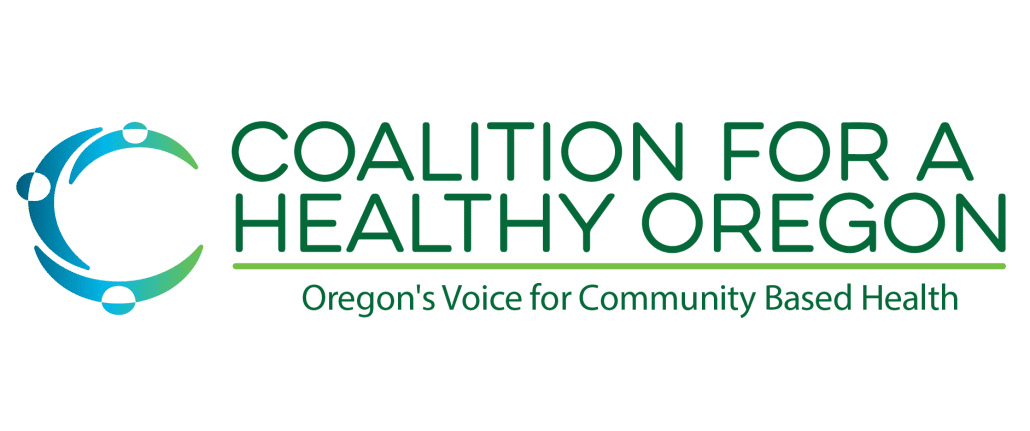CCOs Receive Incentive Metric Payments, Increase Community Investments
With the creation of Coordinated Care Organizations (CCOs) came regulations to ensure progress toward the Triple Aim:better health, better care, and lower cost for Oregonians enrolled in the Oregon Health Plan. One of the ways to hold CCOs accountable for positive health outcomes was to provide “health metrics” tied to a financial incentive for CCOs, which can in turn be used to reward providers for helping meet these population health goals.
Each year, the Oregon Health Authority (OHA) withholds a portion of CCOs’ global budget, which can be earned back based on achieving these health metrics. This mechanism is one way that CCOs are held responsible for tracking and improving preventive care, with the ultimate goal of keeping people healthier and out of the emergency department.
Each metric is carefully chosen by OHA’s Metrics and Scoring Committee, and metrics are revised ever year. Once all the CCOs have established systems that have proven effective in addressing a specific metric, that metric is retired, and a new one is created. CCOs have flexibility in what they can do with this money when they receive it on a normal schedule, allowing them to pass a bonus on to their providers and other stakeholders.
With the outbreak of the novel coronavirus creating a cash crunch across the health care system, OHA made the decision to release 60 percent of these payments to CCOs by March 31, a couple months earlier than normal. This allows CCOs to respond to the emergency by making community investments that are directly related to COVID-19.
So, what will our state’s CCOs do with this money, and how will it be regulated? Once the OHA shared that these payments would be released to CCOs, they quickly followed with a requirement that CCOs complete a document discussing the different COVID-19 community investments that they will be making over the course of this pandemic that was due back to the authority by April 10.
COHO CCOs got to work making hard decisions about what community needs were greatest, and what needs would continue to pop up over the next several months as the virus progresses. OHA encouraged CCOs to focus on COVID-19 related areas of need, and requested that each CCO provide an overview of the methodology used to distribute the funds, information on entities receiving the funds, an estimate or range of the expected distribution, a summary of the extent to which distributions were based on previous contracts, a summary of the extent to which distributions were based solely due to COVID-19, a timeline of when distributions were made if possible, and an estimate of any money not distributed and the reason why.
By the end of June 2020, each CCO will also be responsible for providing a final accounting of the distribution of these funds into their community, including explanations for major deviations from the plans provided to the OHA in April.
COHO CCOs worked in collaboration with their Community Advisory Councils, board members, providers, and other members of the community in order to make these incredibly important decisions about where in the community these funds will be invested.
While we don’t have a complete list available of where our CCOs will be investing their money, we know they are doing what is best for their communities! In a few weeks, we look forward to publishing an article that details several of the investments made by CCOs using these funds.










